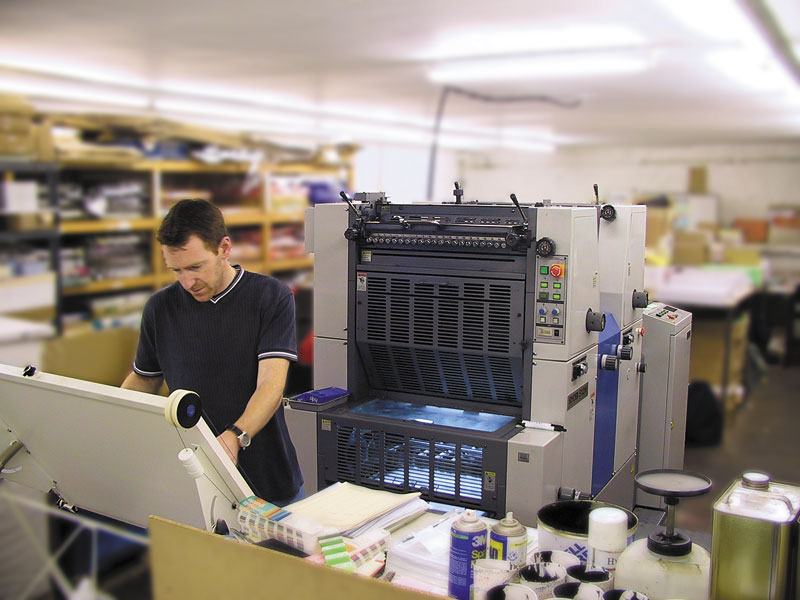The Unique Art Of Lithographic Printing

The term lithography is derived from a Greek word lithos which means stone. It was coined by Alois Senefelder in 1796. Lithographic Printing is a technique of printing using stones and is also called offset lithography. It can be used for printing images and texts counting up to 1,000,000. This printing is used for printing books, newspapers, documents and large commercial publications. The collection of all the printing items such as ink, plates, emulsion and blanket is known as press unit. It differs from letterpress and flexography as the ink is not directly smeared on the printing plates.
The concept of offset lithography lies on the basis of immiscibility property of oil and water. The plates are laminated with photosensitive immiscible liquid.Different kinds of plates such as contact plates, bi-metal, multi-metal, and surface plates are used in the process. Later, laser beam is directed at the plate which creates a photographic negative of the required picture on the emulsion. The liquid is processed to separate the unrevealed part of the emulsion. The picture portion is oleophilic which means ink-loving while the other portion is hydrophilic i.e. water loving.
After that, the plate is placed on a rotating cylinder. As the cylinder rotates, the plate touches the damp rollers and is moistened. At this point of time, the non-image parts repel ink. Later, the plate touches the ink-coated rollers which stick to the smooth parts of the picture. Here the illustration is first transferred to the cylinder instead of the paper, and thus the process is known as offset lithography.
This wonderful printing offer varied print colours ranging from vibrant shades to salt and pepper hues. The method gives you amazing print results at affordable prices without compromising the quality.
